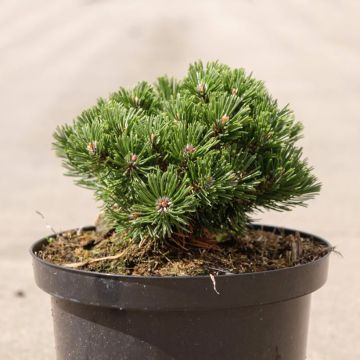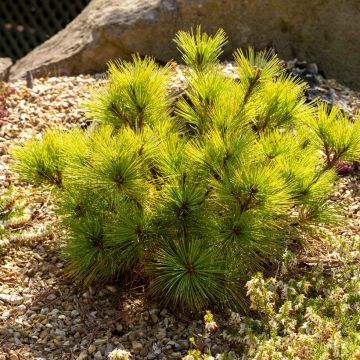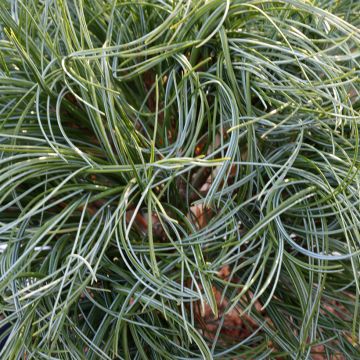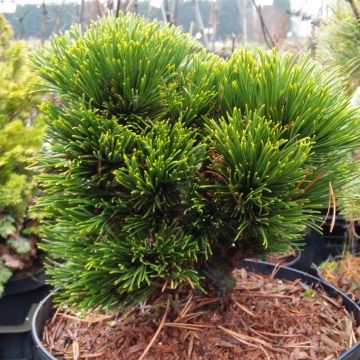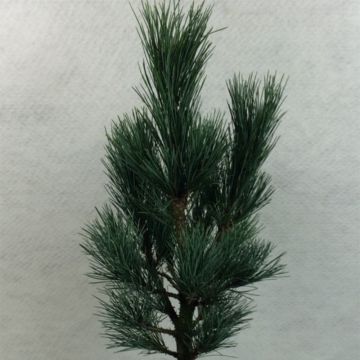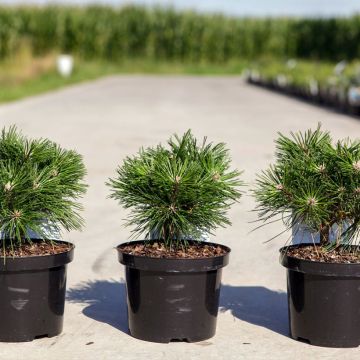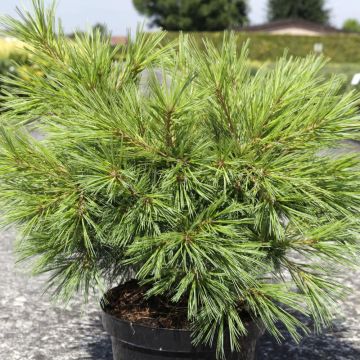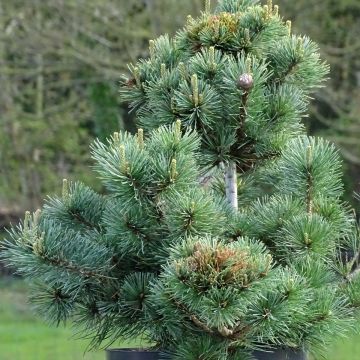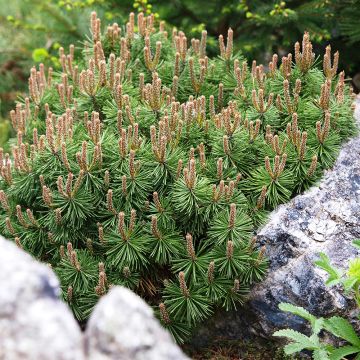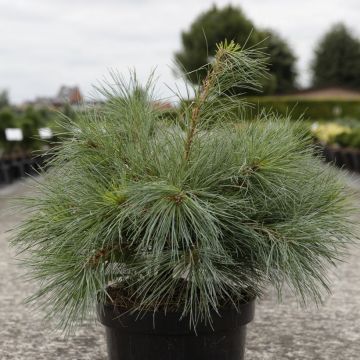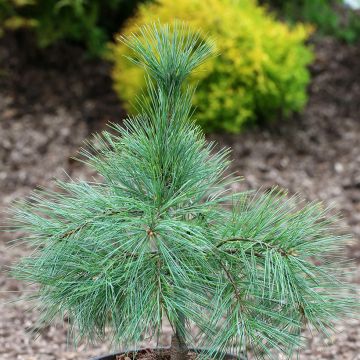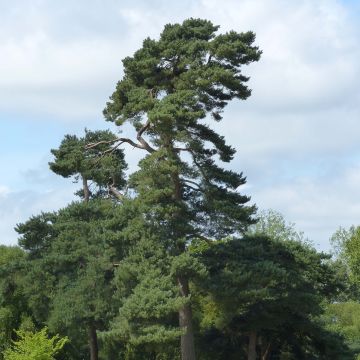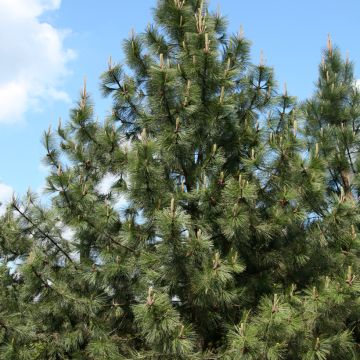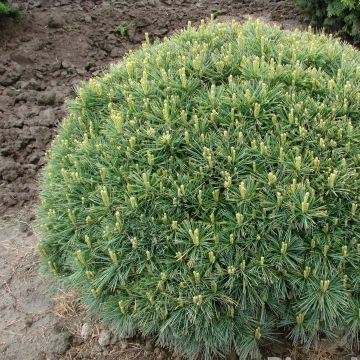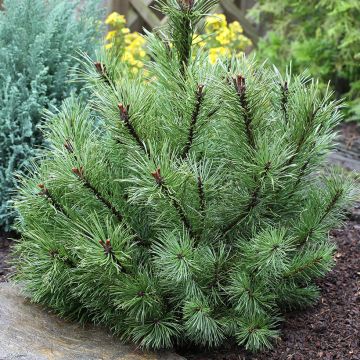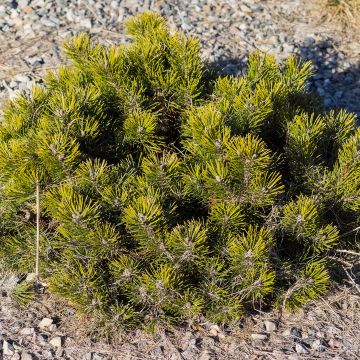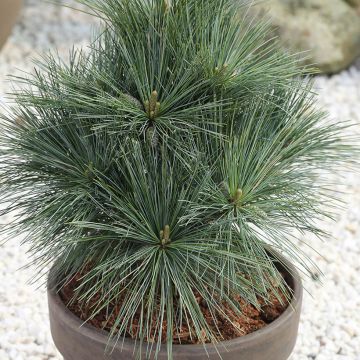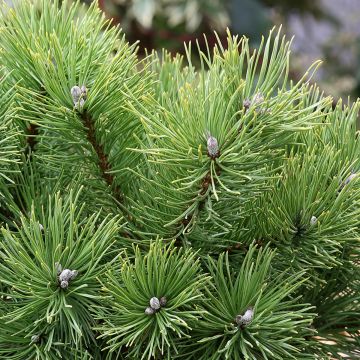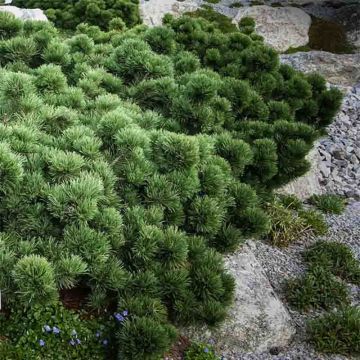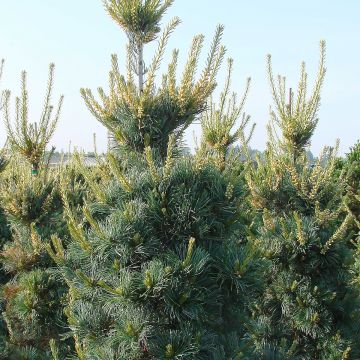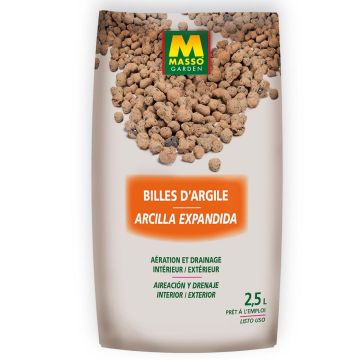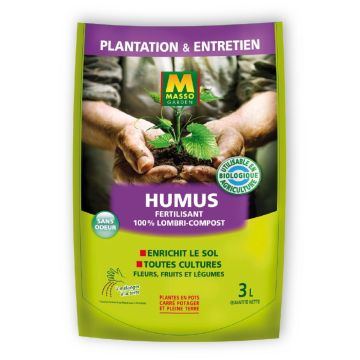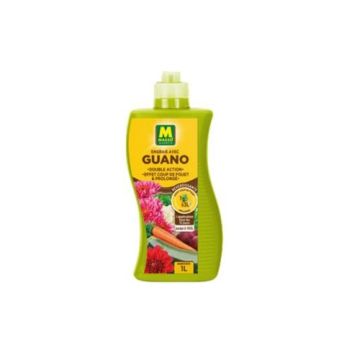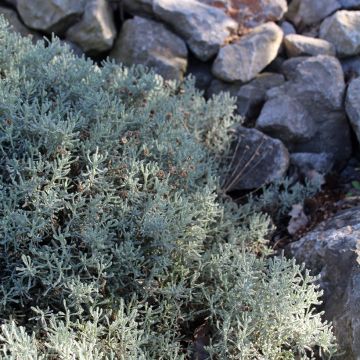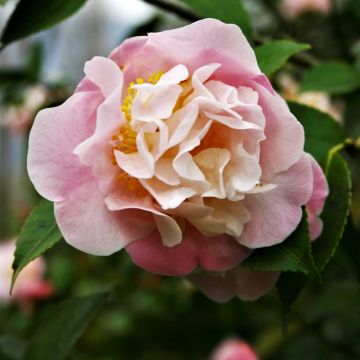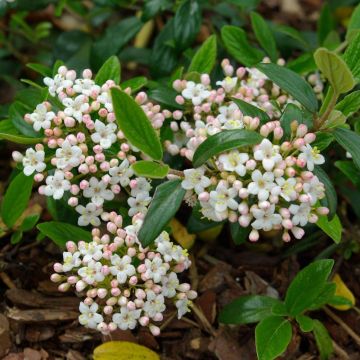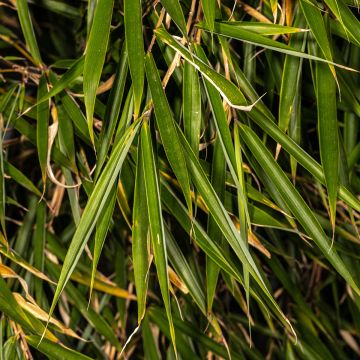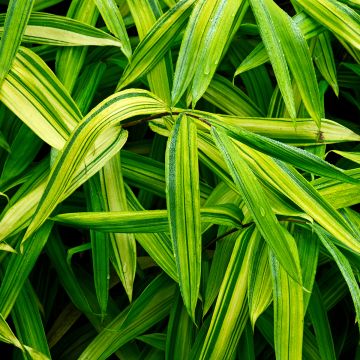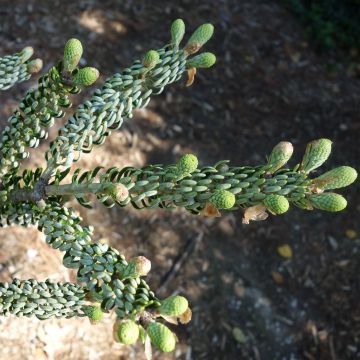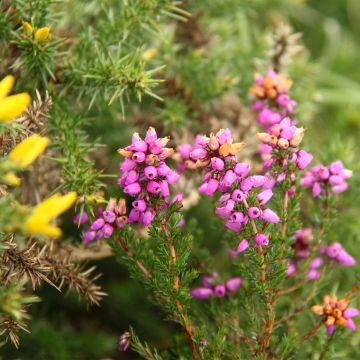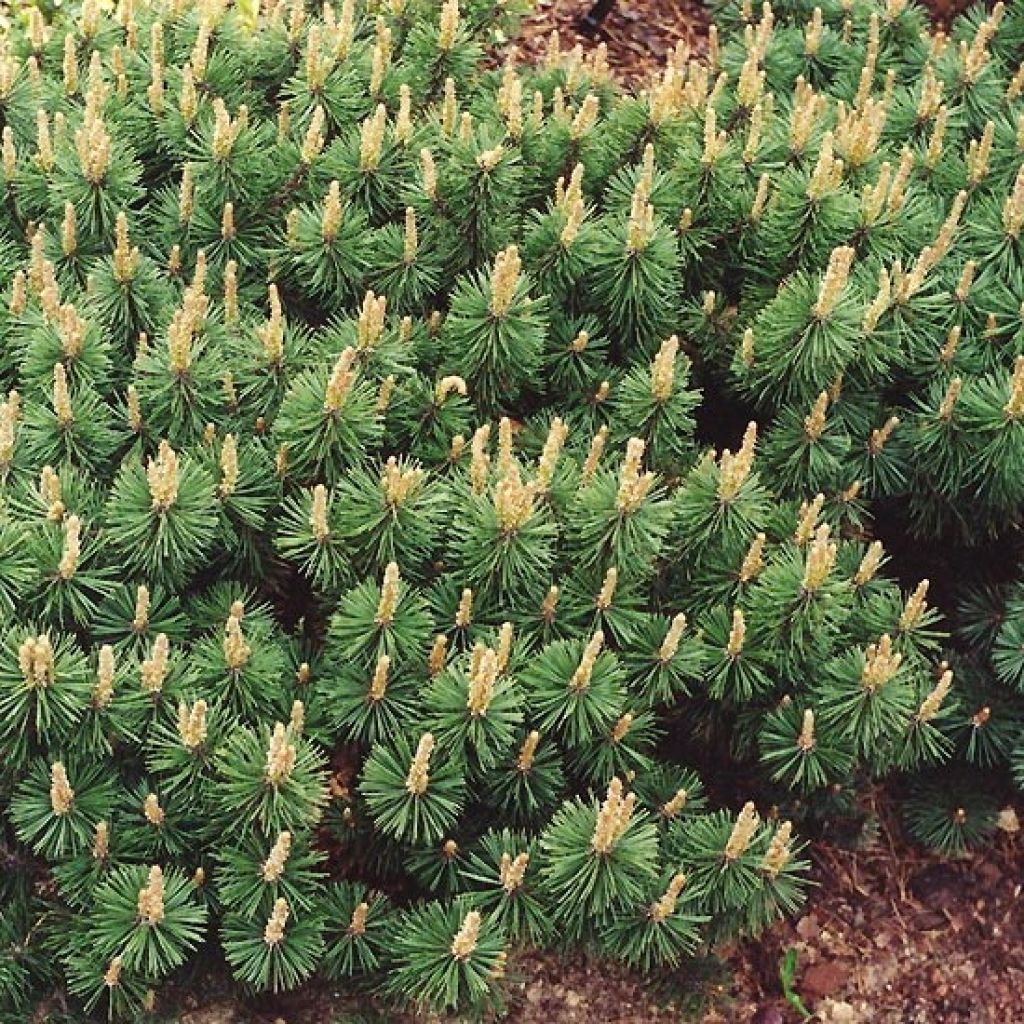

Pinus mugo Humpy - Dwarf Mountain Pine
Pinus mugo Humpy - Dwarf Mountain Pine
Pinus mugo Humpy
Dwarf Mountain Pine, Swiss Mountain Pine, Mugo Pine
Perfect
Brigitte, 08/12/2020
Special offer!
Receive a €20 voucher for any order over €90 (excluding delivery costs, credit notes, and plastic-free options)!
1- Add your favorite plants to your cart.
2- Once you have reached €90, confirm your order (you can even choose the delivery date!).
3- As soon as your order is shipped, you will receive an email containing your voucher code, valid for 3 months (90 days).
Your voucher is unique and can only be used once, for any order with a minimum value of €20, excluding delivery costs.
Can be combined with other current offers, non-divisible and non-refundable.
Why not try an alternative variety in stock?
View all →This plant carries a 24 months recovery warranty
More information
We guarantee the quality of our plants for a full growing cycle, and will replace at our expense any plant that fails to recover under normal climatic and planting conditions.

Would this plant suit my garden?
Set up your Plantfit profile →
Description
Pinus mugo 'Humpy' is a dwarf form of mountain pine with very slow growth. Over time, it forms a compact spreading ball up to 2m (7ft) in diameter, with dense branches covered in short, slightly prickly needles, of a lovely fir green colour. Unique, vibrant, and highly ornamental, it will find its place in borders, as a specimen plant, in rockeries, and will adapt well to container cultivation. This variety is particularly suitable for the art of bonsai. It is a very hardy conifer, not demanding, and does not require pruning. It is content with ordinary, not too dry soil, and a sunny position.
Pinus mugo, also known as the mountain pine, is an evergreen conifer in the family Pinaceae endemic to European mountains. It is found at the subalpine level, avoiding summer heat, from the Spanish sierras, through the high alpine and Pyrenean massifs, to the Balkans. It descends to an altitude of only 200m (656ft) in Central Europe. In the wild, it slowly reaches 3 to 4 metres (10 to 13 feet) in all directions, adopting a windswept silhouette that reflects its exposed habitat. It is a very hardy species, well adapted to mountain climates.
The 'Humpy' variety differs from the wild species in its smaller size, very compact rounded habit, and short and flexible needles. Its growth is very slow, about 3 to 4cm (1 to 2in) per year. A 10-year-old specimen will not exceed 50cm (20in) in all directions. Eventually, it will form a bush 1m (3ft) tall and 2m (7ft) wide. Its rigid and short branches are covered in fine needles, 3 to 6cm (1 to 2in) long, arranged in pairs and forming brushes. The young shoots, highly decorative with their light red to pink colour, emerge in spring from light brown and resinous buds. The trunk has a grey-brown bark, while the branches show a shiny green colour, turning black.
Report an error about the product description
Pinus mugo Humpy - Dwarf Mountain Pine in pictures
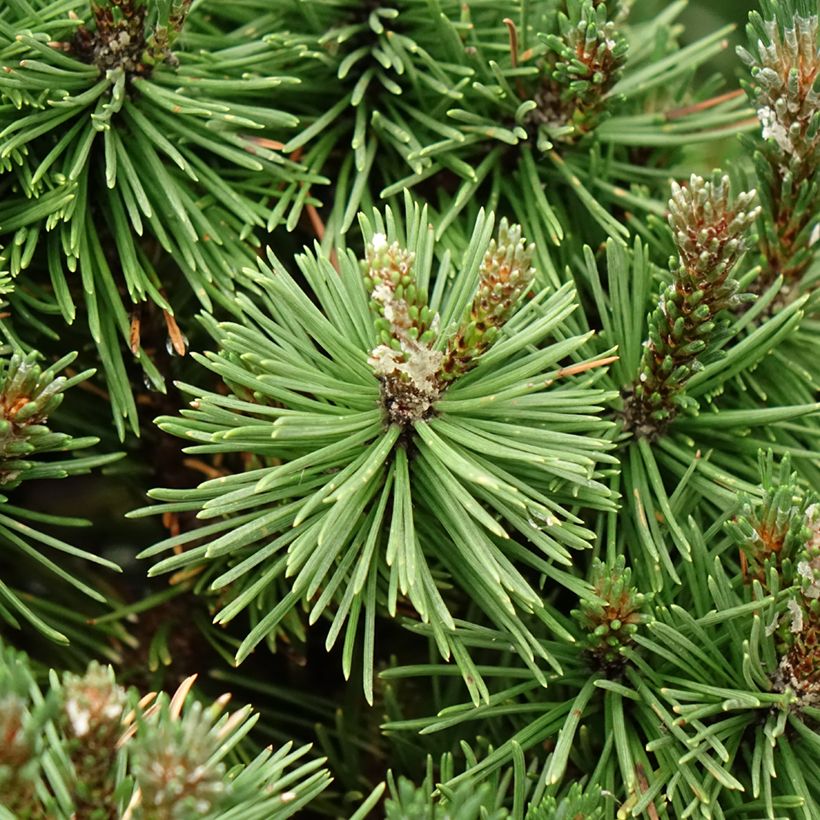

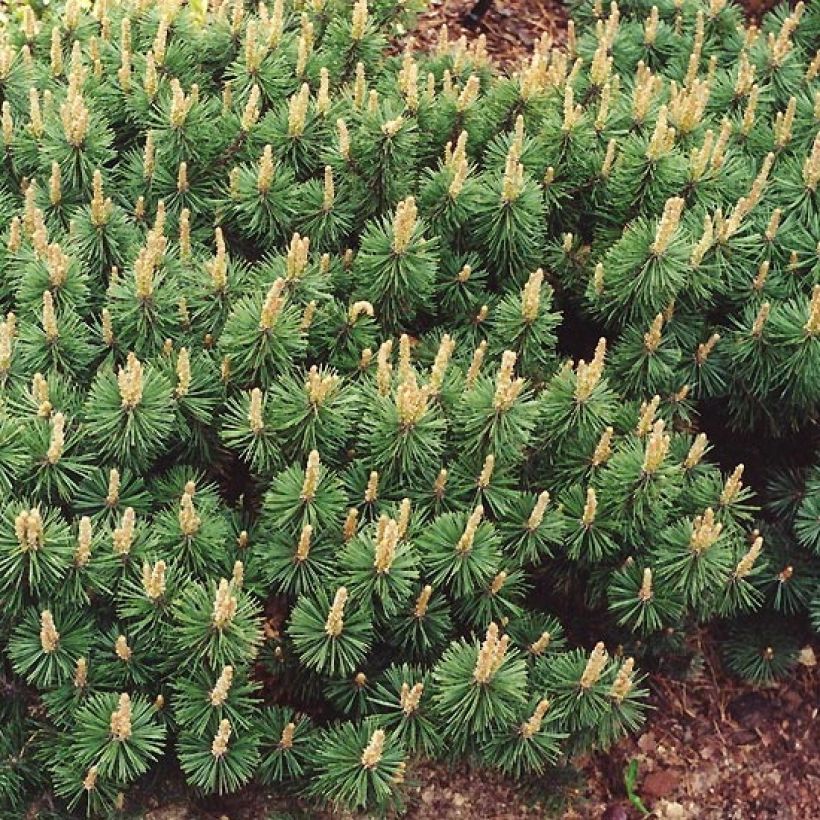

Plant habit
Flowering
Foliage
Botanical data
Pinus
mugo
Humpy
Pinaceae
Dwarf Mountain Pine, Swiss Mountain Pine, Mugo Pine
Cultivar or hybrid
Other Pinus - Pine
View all →Planting and care
The 'Humpy' Dwarf Mountain Pine (Pinus mugo) can be planted from September to November and from February to June in well-drained, moist soil, even if it is slightly limestone or, on the contrary, peaty and acidic. It only fears excessively dry soils in summer and scorching temperatures. Choose a sunny spot or, at worst, partially shaded in hot climates. Soak the root balls thoroughly before planting. Optionally, add organic amendments during planting and water generously during the first years and in case of prolonged drought. You can apply a special conifer fertilizer every year in April and cultivate the soil in summer. This very hardy conifer (up to -30°C (1°F) at least) does not require pruning. However, you can accentuate its compact habit or keep it in very small proportions by annually pruning the branches by half their length, from September to November.
Planting period
Intended location
Care
-
, onOrder confirmed
Reply from on Promesse de fleurs
Similar products
Haven't found what you were looking for?
Hardiness is the lowest winter temperature a plant can endure without suffering serious damage or even dying. However, hardiness is affected by location (a sheltered area, such as a patio), protection (winter cover) and soil type (hardiness is improved by well-drained soil).

Photo Sharing Terms & Conditions
In order to encourage gardeners to interact and share their experiences, Promesse de fleurs offers various media enabling content to be uploaded onto its Site - in particular via the ‘Photo sharing’ module.
The User agrees to refrain from:
- Posting any content that is illegal, prejudicial, insulting, racist, inciteful to hatred, revisionist, contrary to public decency, that infringes on privacy or on the privacy rights of third parties, in particular the publicity rights of persons and goods, intellectual property rights, or the right to privacy.
- Submitting content on behalf of a third party;
- Impersonate the identity of a third party and/or publish any personal information about a third party;
In general, the User undertakes to refrain from any unethical behaviour.
All Content (in particular text, comments, files, images, photos, videos, creative works, etc.), which may be subject to property or intellectual property rights, image or other private rights, shall remain the property of the User, subject to the limited rights granted by the terms of the licence granted by Promesse de fleurs as stated below. Users are at liberty to publish or not to publish such Content on the Site, notably via the ‘Photo Sharing’ facility, and accept that this Content shall be made public and freely accessible, notably on the Internet.
Users further acknowledge, undertake to have ,and guarantee that they hold all necessary rights and permissions to publish such material on the Site, in particular with regard to the legislation in force pertaining to any privacy, property, intellectual property, image, or contractual rights, or rights of any other nature. By publishing such Content on the Site, Users acknowledge accepting full liability as publishers of the Content within the meaning of the law, and grant Promesse de fleurs, free of charge, an inclusive, worldwide licence for the said Content for the entire duration of its publication, including all reproduction, representation, up/downloading, displaying, performing, transmission, and storage rights.
Users also grant permission for their name to be linked to the Content and accept that this link may not always be made available.
By engaging in posting material, Users consent to their Content becoming automatically accessible on the Internet, in particular on other sites and/or blogs and/or web pages of the Promesse de fleurs site, including in particular social pages and the Promesse de fleurs catalogue.
Users may secure the removal of entrusted content free of charge by issuing a simple request via our contact form.
The flowering period indicated on our website applies to countries and regions located in USDA zone 8 (France, the United Kingdom, Ireland, the Netherlands, etc.)
It will vary according to where you live:
- In zones 9 to 10 (Italy, Spain, Greece, etc.), flowering will occur about 2 to 4 weeks earlier.
- In zones 6 to 7 (Germany, Poland, Slovenia, and lower mountainous regions), flowering will be delayed by 2 to 3 weeks.
- In zone 5 (Central Europe, Scandinavia), blooming will be delayed by 3 to 5 weeks.
In temperate climates, pruning of spring-flowering shrubs (forsythia, spireas, etc.) should be done just after flowering.
Pruning of summer-flowering shrubs (Indian Lilac, Perovskia, etc.) can be done in winter or spring.
In cold regions as well as with frost-sensitive plants, avoid pruning too early when severe frosts may still occur.
The planting period indicated on our website applies to countries and regions located in USDA zone 8 (France, United Kingdom, Ireland, Netherlands).
It will vary according to where you live:
- In Mediterranean zones (Marseille, Madrid, Milan, etc.), autumn and winter are the best planting periods.
- In continental zones (Strasbourg, Munich, Vienna, etc.), delay planting by 2 to 3 weeks in spring and bring it forward by 2 to 4 weeks in autumn.
- In mountainous regions (the Alps, Pyrenees, Carpathians, etc.), it is best to plant in late spring (May-June) or late summer (August-September).
The harvesting period indicated on our website applies to countries and regions in USDA zone 8 (France, England, Ireland, the Netherlands).
In colder areas (Scandinavia, Poland, Austria...) fruit and vegetable harvests are likely to be delayed by 3-4 weeks.
In warmer areas (Italy, Spain, Greece, etc.), harvesting will probably take place earlier, depending on weather conditions.
The sowing periods indicated on our website apply to countries and regions within USDA Zone 8 (France, UK, Ireland, Netherlands).
In colder areas (Scandinavia, Poland, Austria...), delay any outdoor sowing by 3-4 weeks, or sow under glass.
In warmer climes (Italy, Spain, Greece, etc.), bring outdoor sowing forward by a few weeks.






























